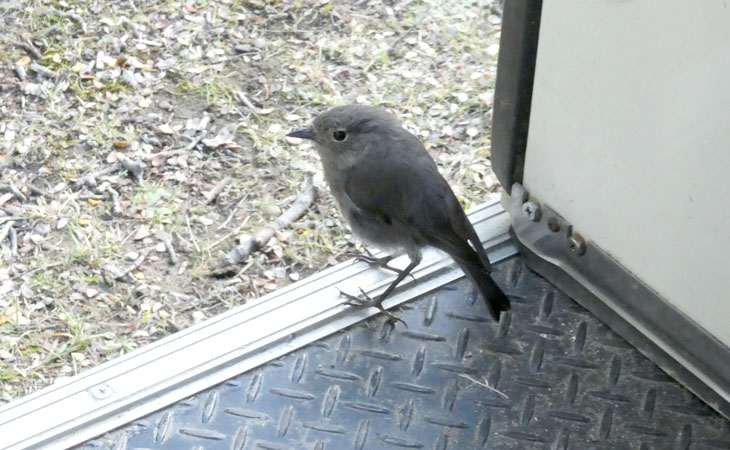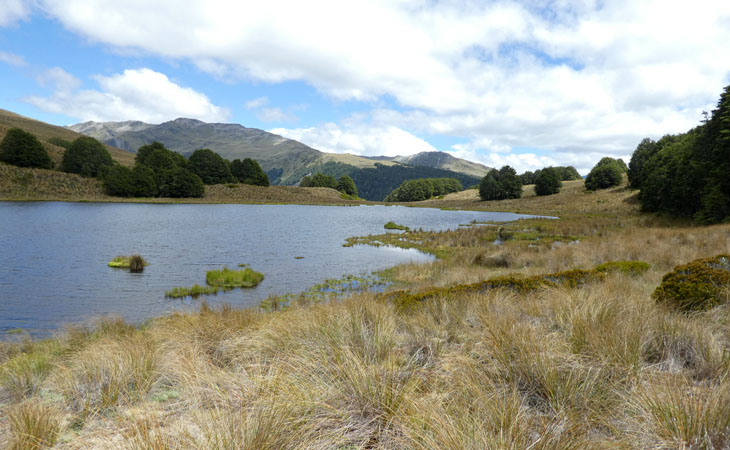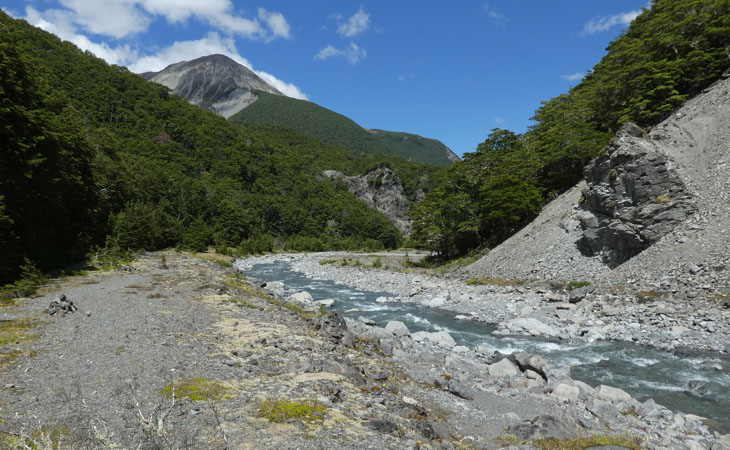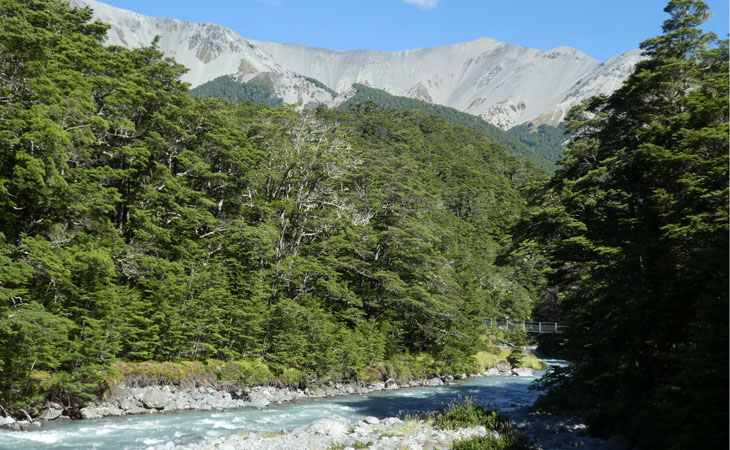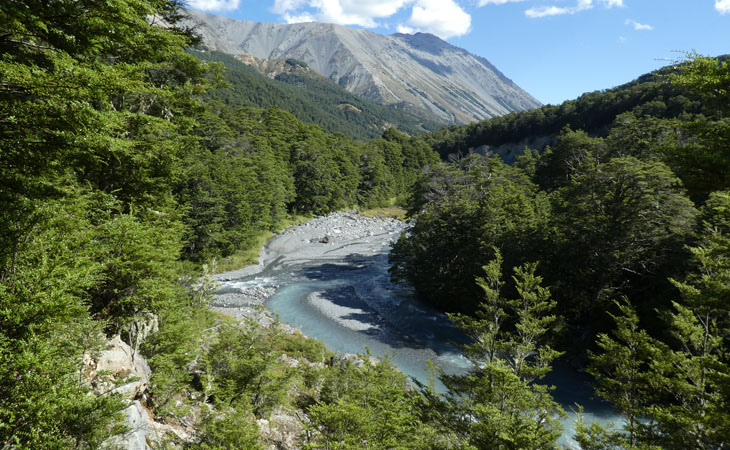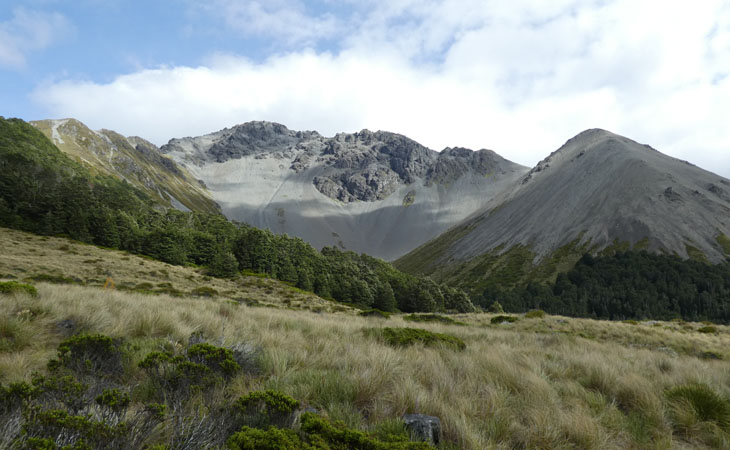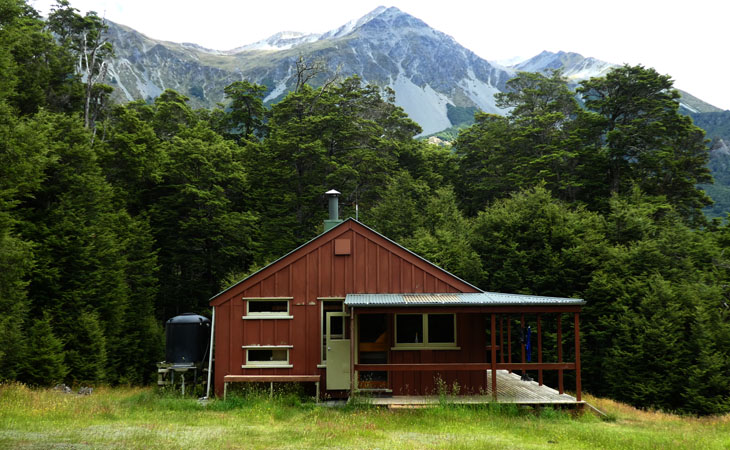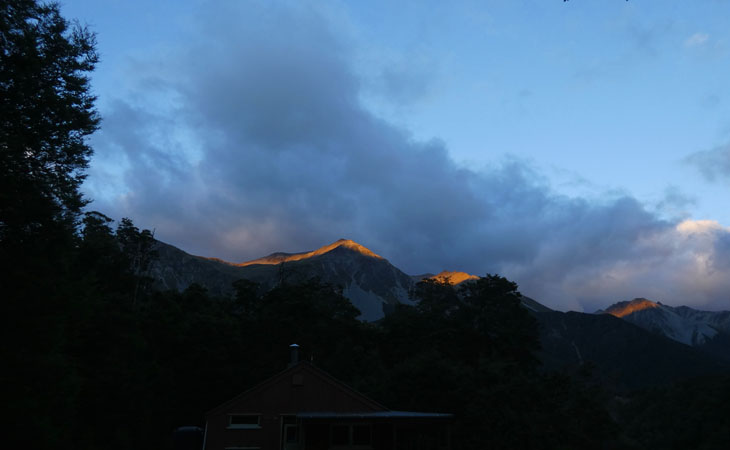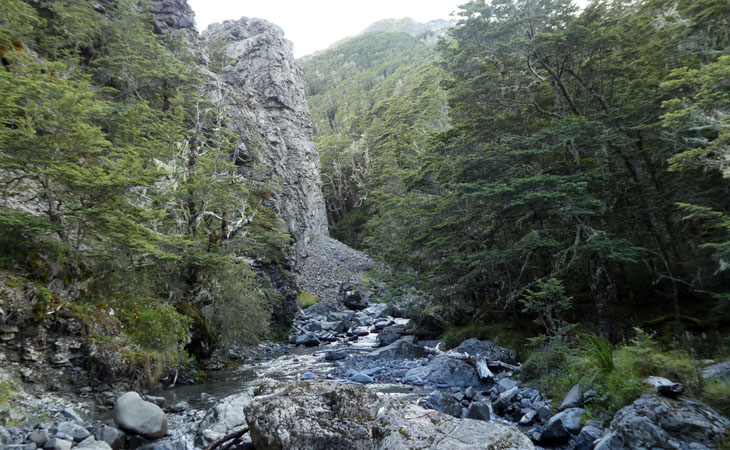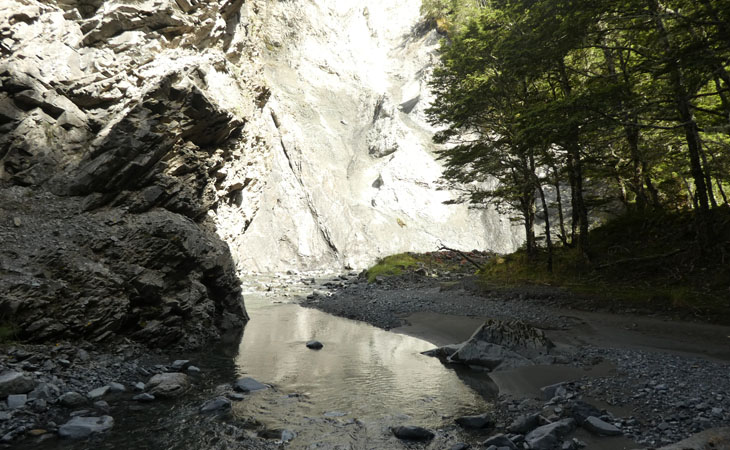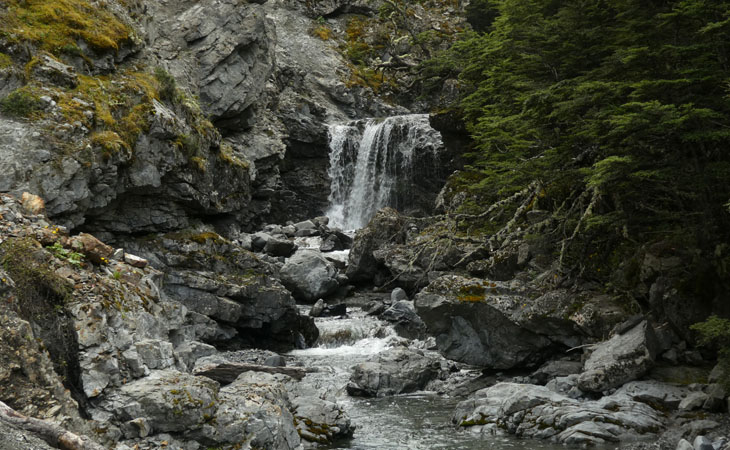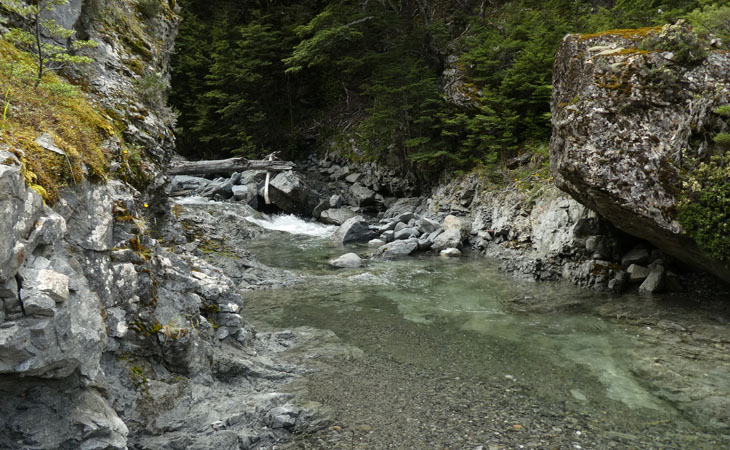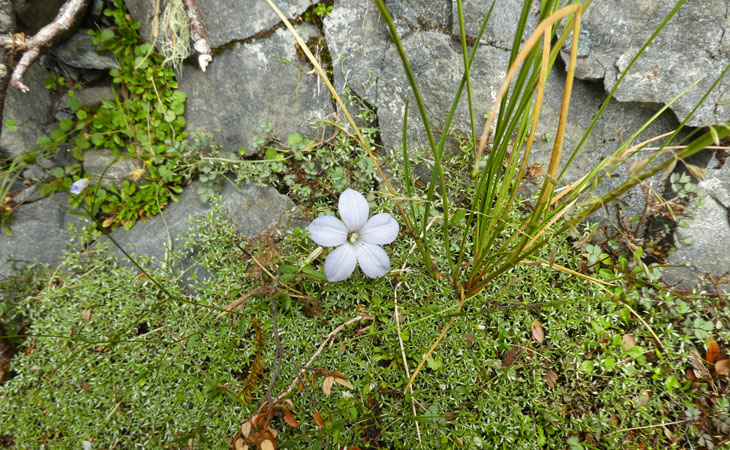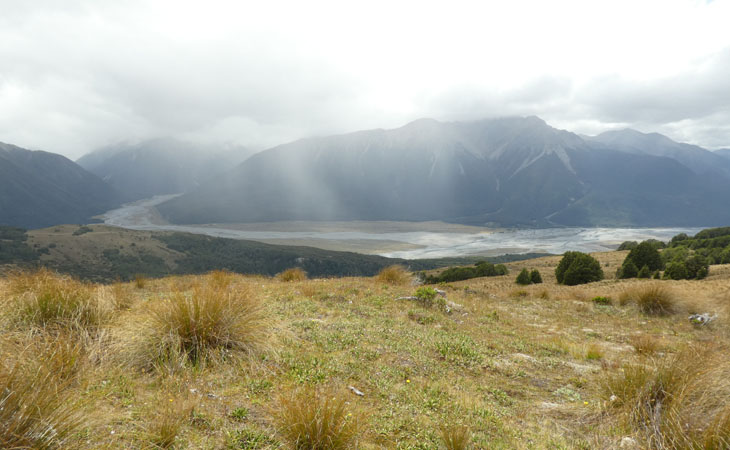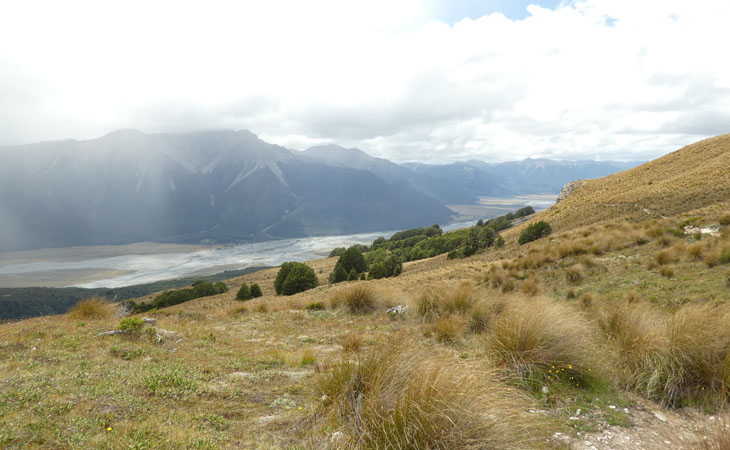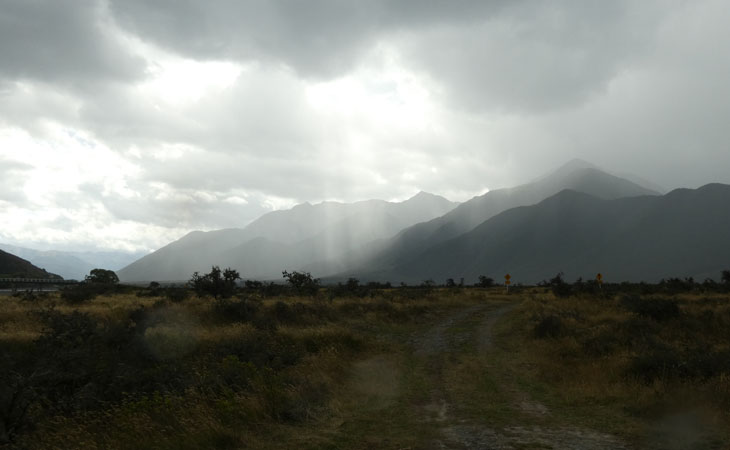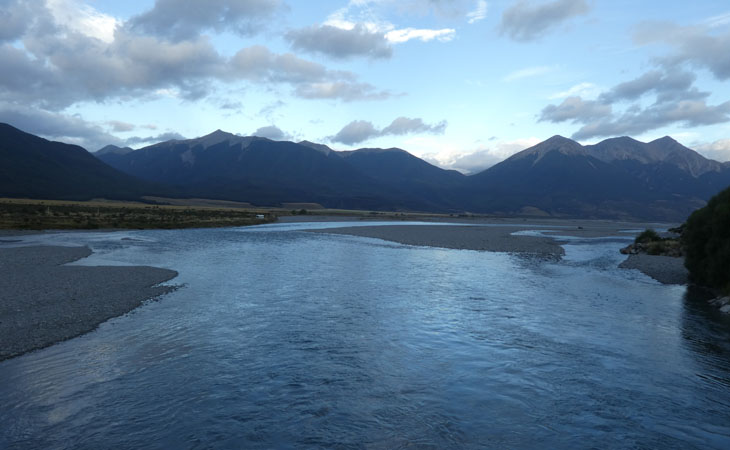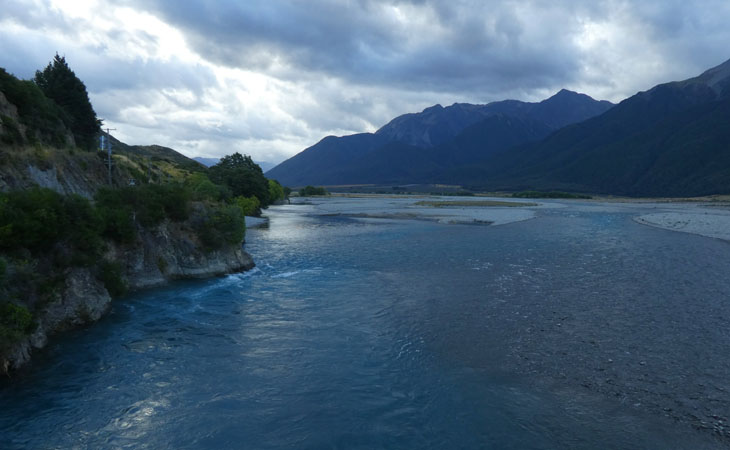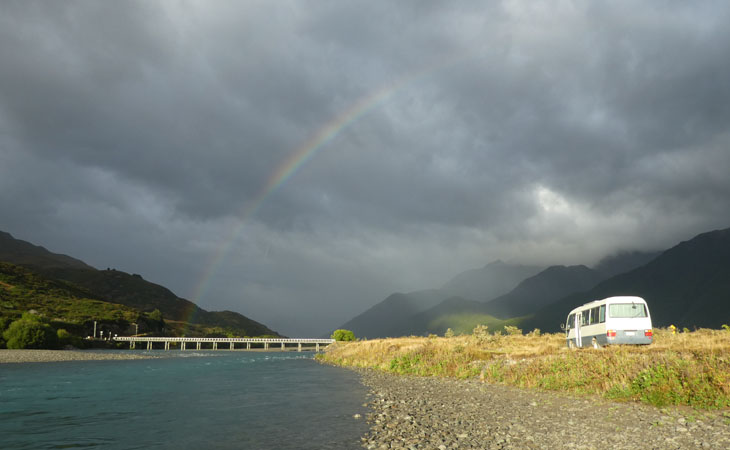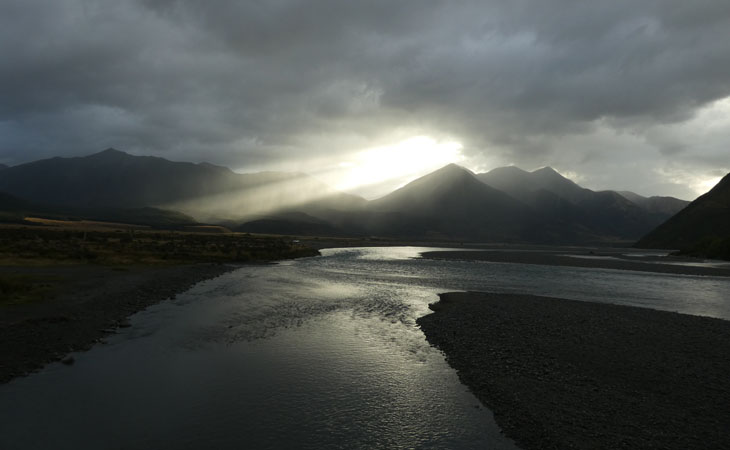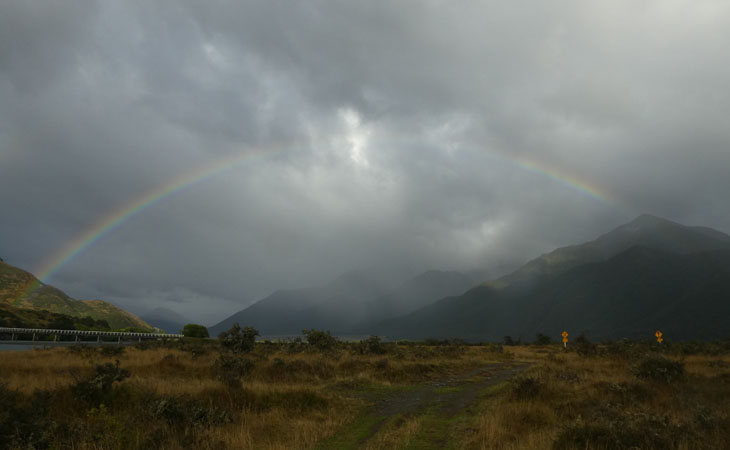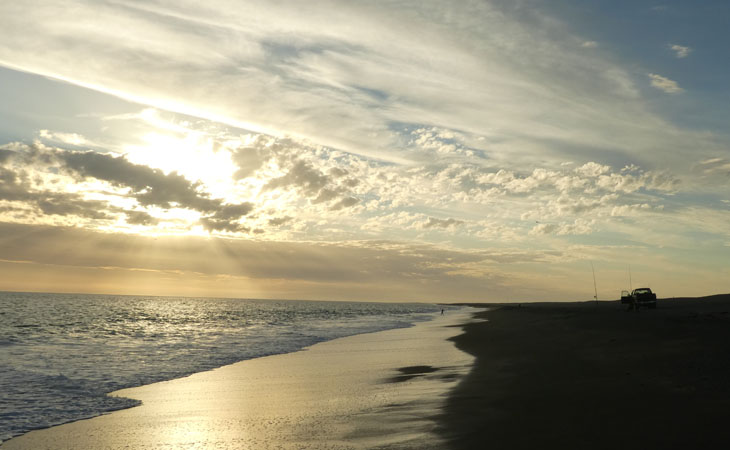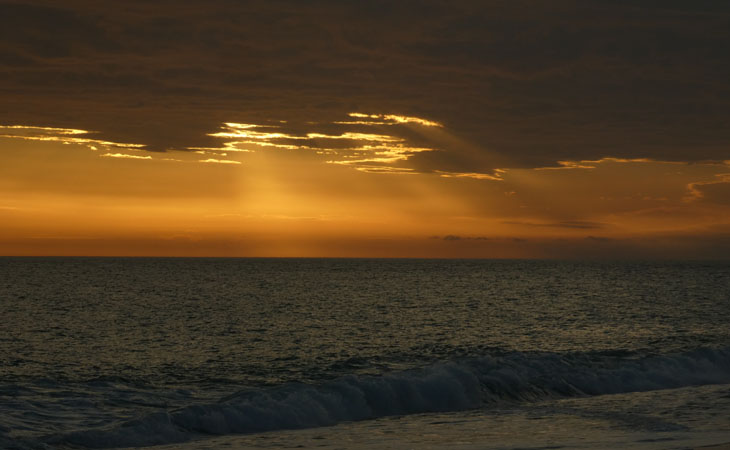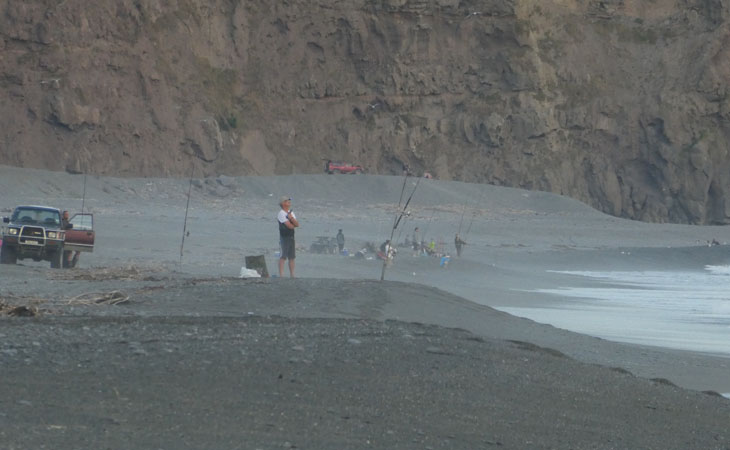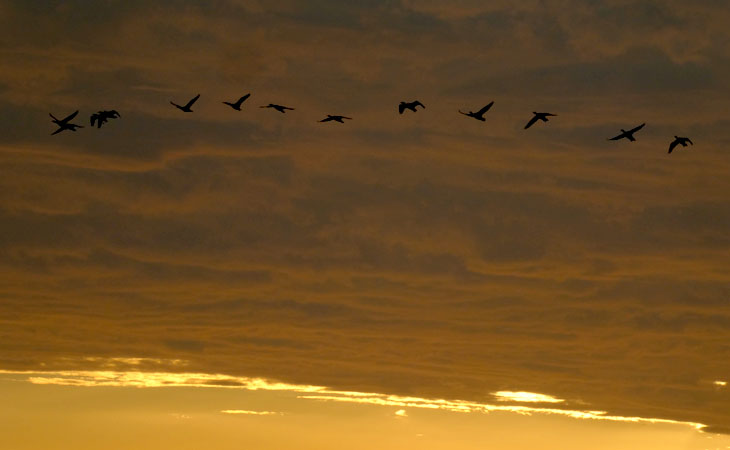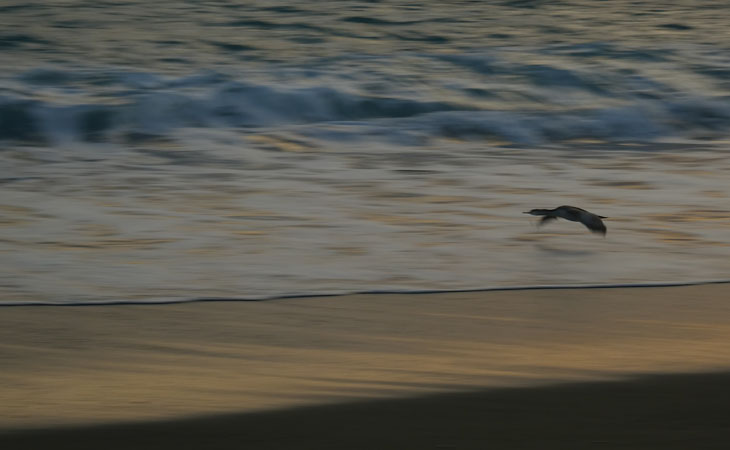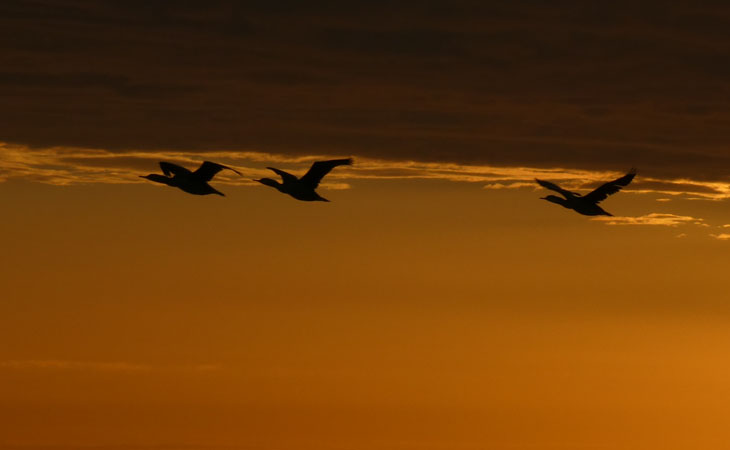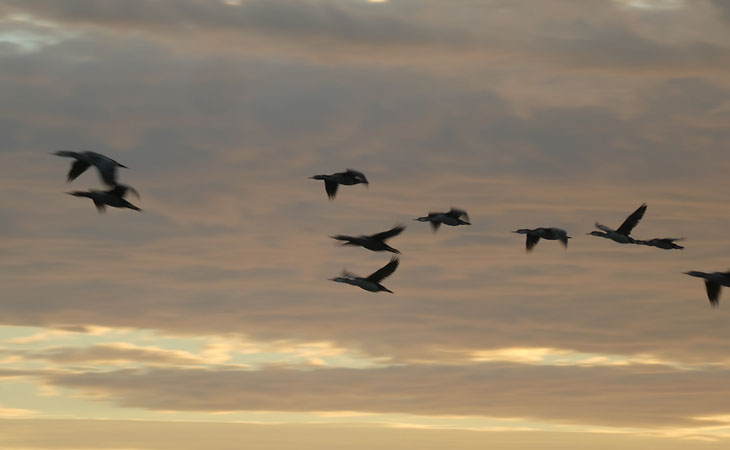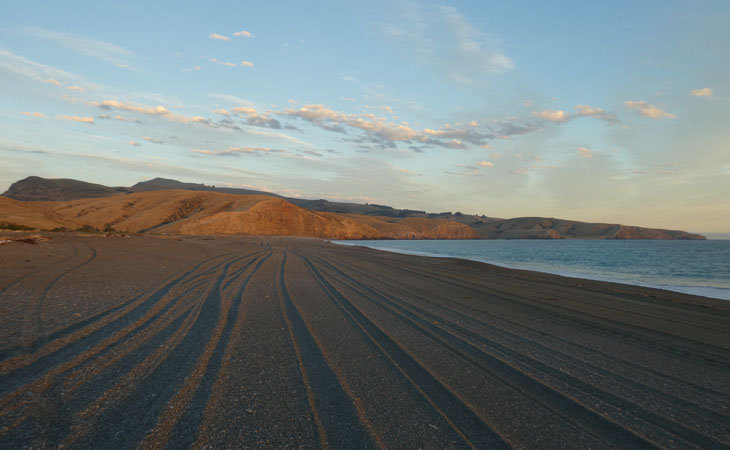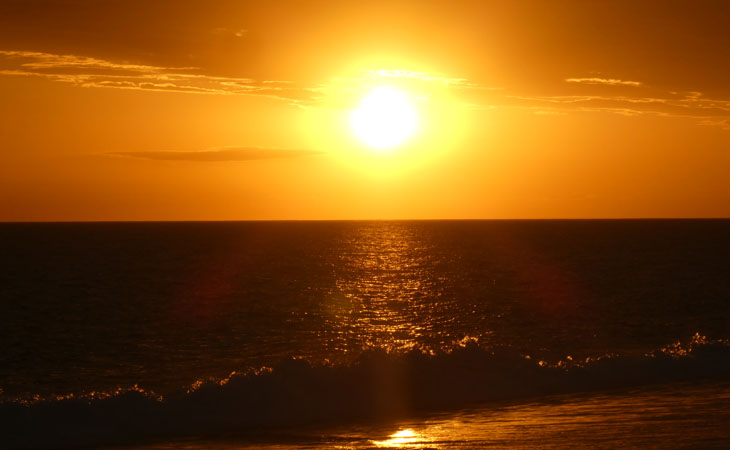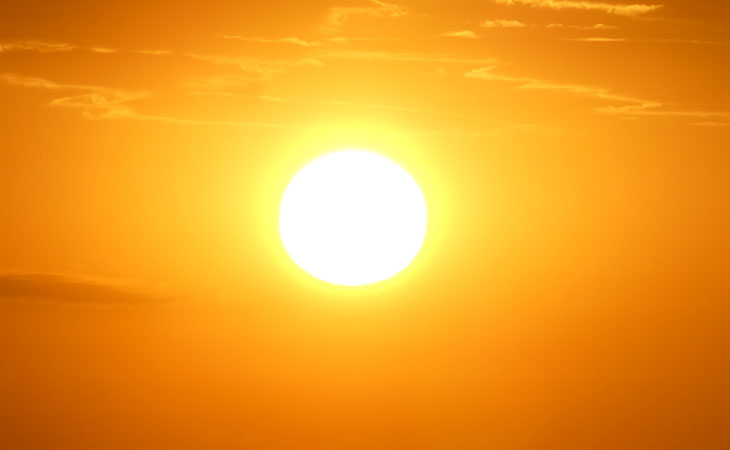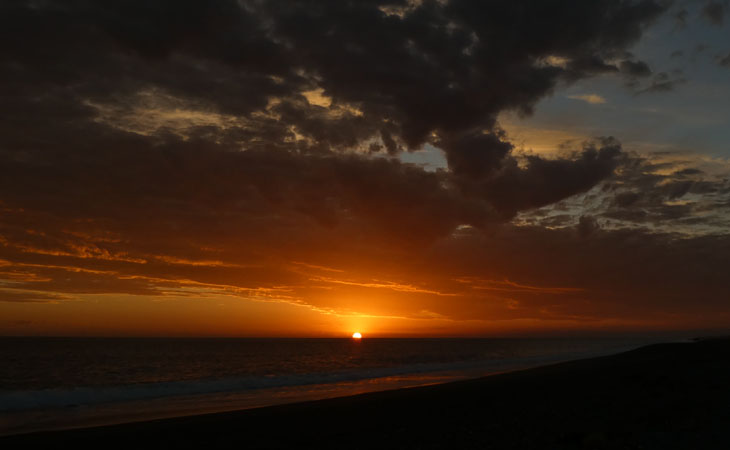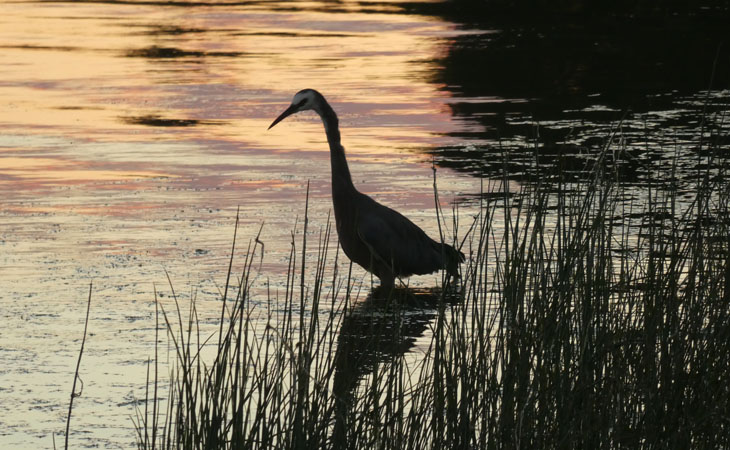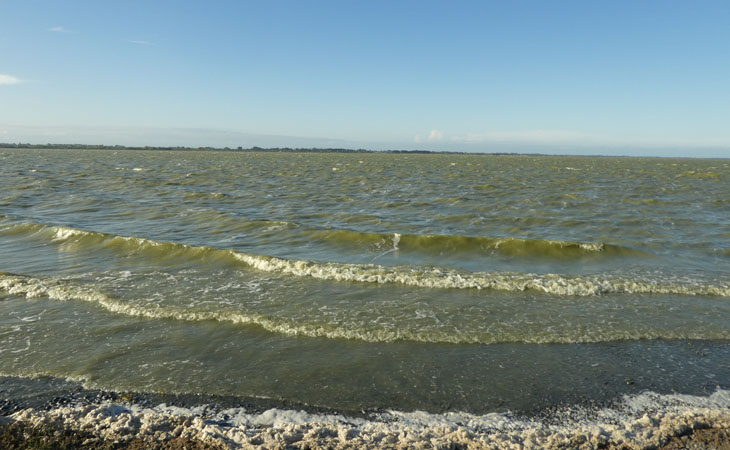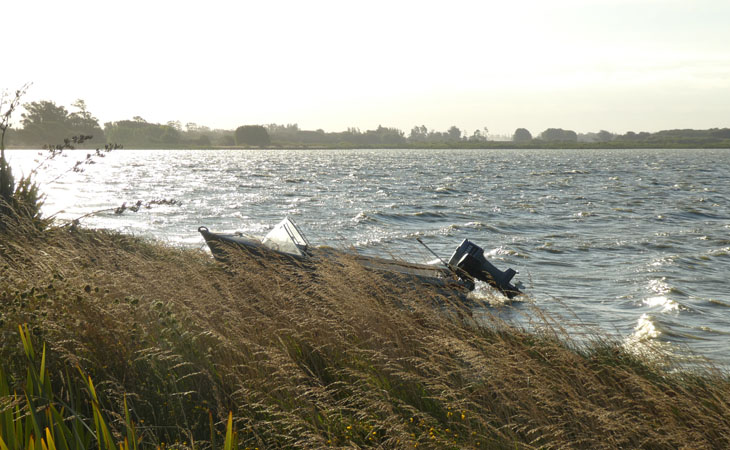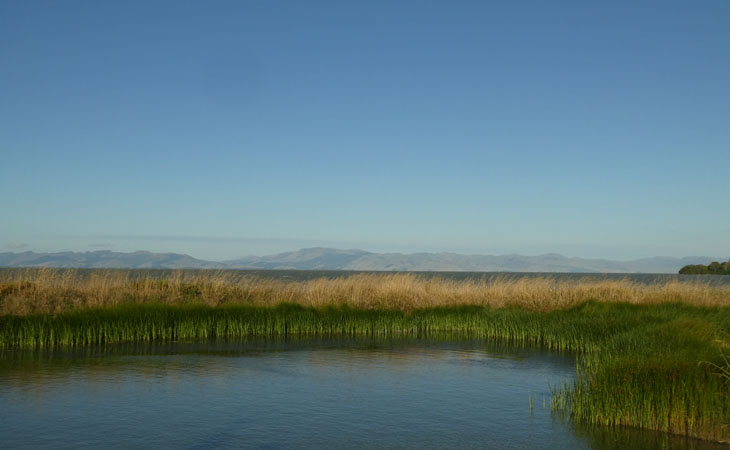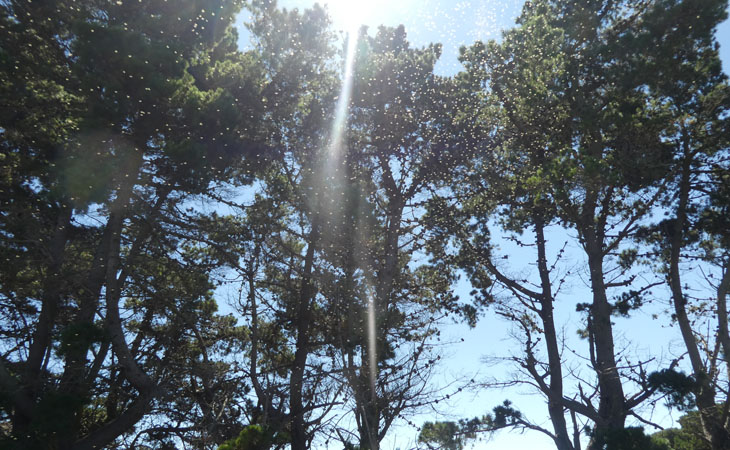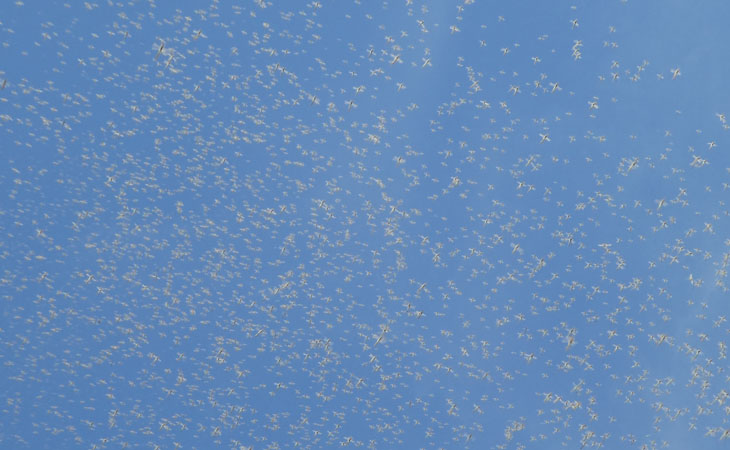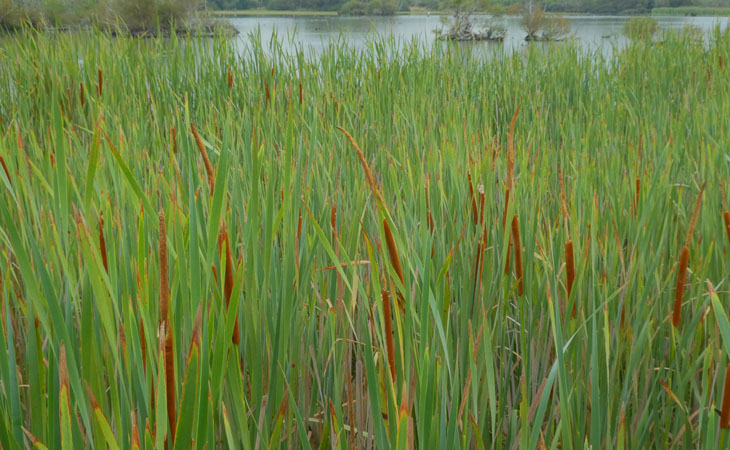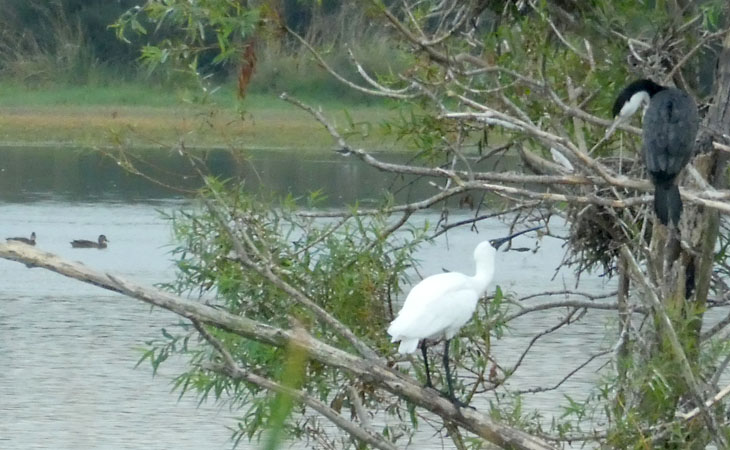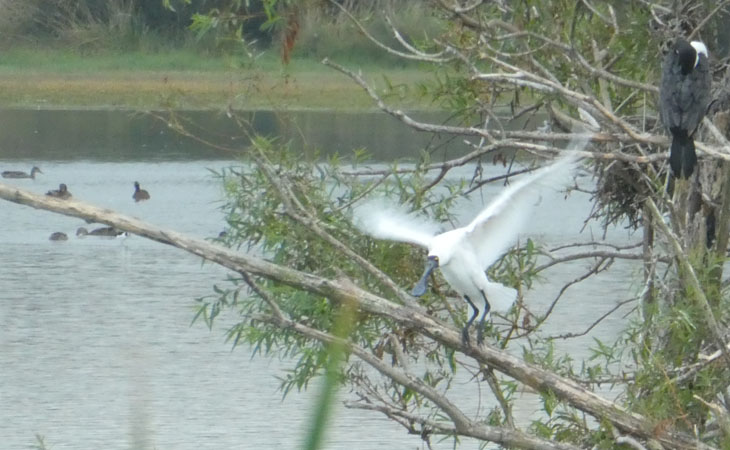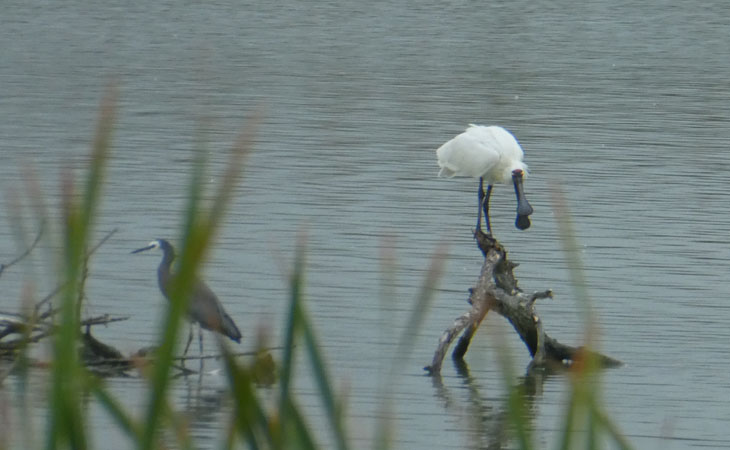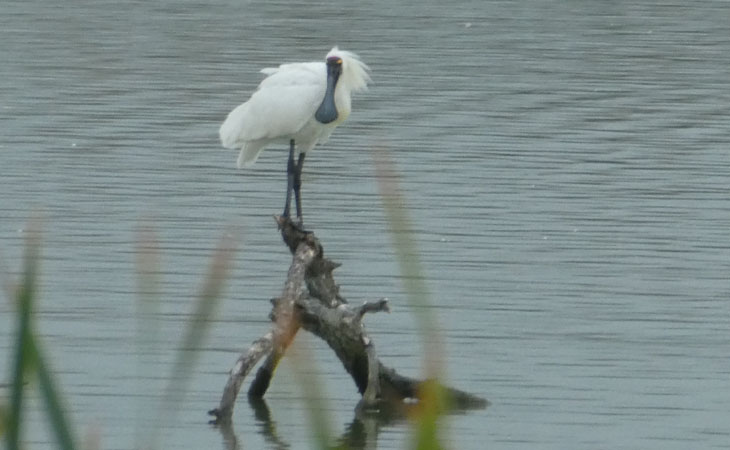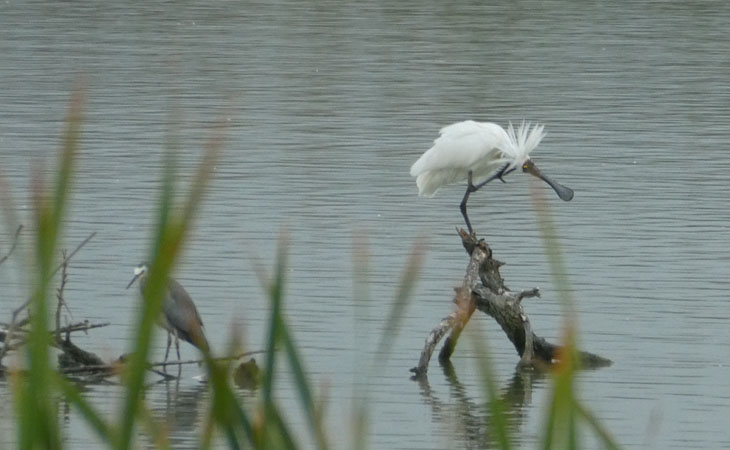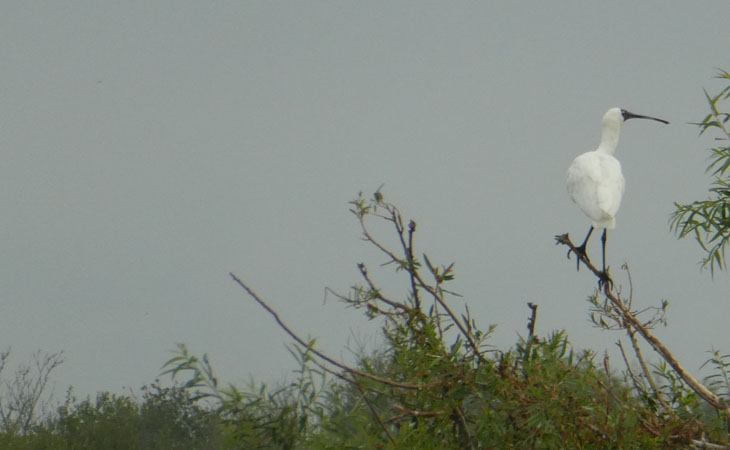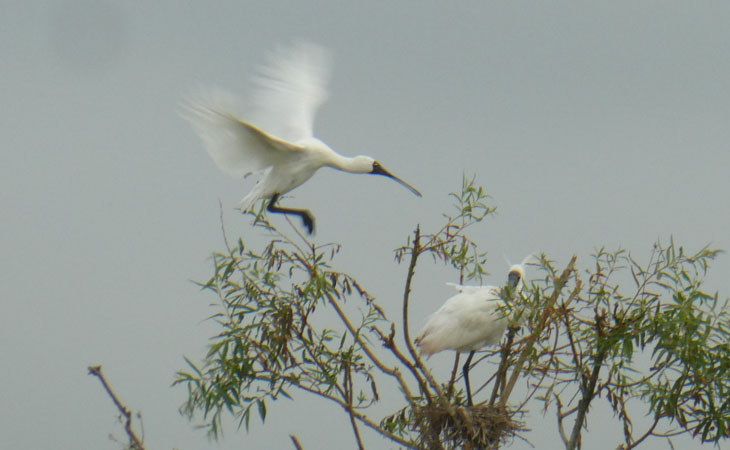South Island 2018
During the week spent at Arthurs Pass, I only heard a couple of Kea, far off in the distance. The kea population appears to be on the decline. Which is odd because just a few years ago they were considered a nuisance.
However the bush robins are plentiful enough, and certainly no less shy than usual.
With a horrible forecast my tramp got relocated eastward to the Cass Lagoon area. This picture is of Lagoon Tarn, which you can visit if you make a bit of a detour off the track.
I walked the trip both ways, one way on the track and the return jouney was in the river beds.
The area is a nice gentle reintroduction to the Arthurs Pass National Park.
The track is quite presentable all things considered.
This is Cass Saddle, and the pyramid shaped hill there.
While there are three other huts on the track, they are old, not old as in antique / funky, just plain old. So most people stay at Hamilton Hut, which nominally sleeps 20, but was pretty much full of Te Araroa walkers. Rather smelly in any quantity, each one remniscant of my younger days as a traveller.
5:27am, the sun hits the valley.
The return trip up the West Harper gets a bit gorgey toward the end. But still easy travel, and on balance nicer than the track.
Ditto.
This was the only real spot that required a bit of a detour into the bush.
The water is cool, and refreshing.
A lone wee alpine flower. As the river climbs back up in altitude, tussolk returns around the stream.
The predicted front arrives and is starting to broach the main range. The view from the saddle at the Bealy end is quite good, and you can see Klondyke Corner and the valley leading though to the village.
Then the track makes a big traverse across the tussolk before dropping back into the pine forest.
After that i find a nice place to camp by the Waimak / White Bridge area.
The view from the bridge looking east at dusk.
And west.
This area has a reputation for its rainbows, and it lives up to it well enough.
Along with all sorts of wild light shows.
It was a great spot to dwell a day or two, before heading back to the city.
Well... not quite the city. Birdlings Flat for a swim, and oddly enough too catch the sunset.
Ordinarily the sun does not set on the east coast, but it being summer, and in the deeper latitudes, and with the beach facing somewhat south, sometimes it just does.
Its a popular spot for the local surf cast fishers.
Theres a band of cloud above the horizon that the sun slips into, but its suggestive of a sunset later, so i hang around.
I spend quite some time trying to catch the shags in flight as they skim the wave tops flying down the beach. Their flight is amazing in that their bodies dont move as they fly.
Tricky to capture, but with patience...
Ditto.
It might be a stone gatherers paradise but its also just a nice place to be.
Then finally the sun drops into view, and in the Canterbury haze it appears firey red.
The camera is making some beepy, exposure warning kind of sounds, but seems to manage.
Before slipping into the Pacific Ocean, from where it came.
Back at Lake Ellesmere, where there is infinte morning birdlife.
The lake is choppy, green and frothy. Now offically the country's most polluted lake. Back in the 1970s the lake was considered among the best trout fishing in the world. Now the trout are completely gone.
I meet a fisherman, who welcomed the oppurtunity to have another set of hands. He takes me out in his wee boat past the island, where we pull in the set net that he had laid the night before. The basic idea is that fish get tangled in the fine mesh. His net caught half a dozen flounder, and two dozen herrings. The herring are not normally considered fine eating, but he gave me some, and cooked fresh in coconut milk, ginger, chill and garlic, were rather splendid.
The lake gets periodically opened up to the sea, when the lake level rises too high. This creates some mixing of the water, and movement of fish to and from the ocean.
There is a kind of flying midge called a Lake Fly, that at times form these large noisy swarms. They are one of the key foods for the wetland birds.
And are most present in the early morning.
Just up the road a ways there is a 30min walk to a bird hide that the lions foundation built on the edge of the lake. It overlooks some major nesting sites, and is positively buzzing with bird sounds.
Among them are the Royal Spoonbill, and i manage to get some much better images than previously.
These images are still at the long end of the zoom, hence grainy, but give some insight into this fascinatiing animal.
Everything about the way they move is odd.
Their head feathers tuck away but come out into a bold display at times.
Especially when having a scratch.
Their balance in the treetops is rather extraordinary too.
Well you get the idea. Not the sort of thing you see in the big smoke, that is for sure.
2018-02-01
www.zoneblue.nz/cms/page.php?view=south-island-2018
Summary
Based around Christchurch during January, photos of Arthurs Pass, Birdlings Flat and Lake Ellesmere.
Mountain Imagery
- South Island 2005
- Taranaki Landscapes
- Taranaki Landscapes 2
- Taranaki Landscapes 3
- Ruahine Landscapes
- Taranaki Landscapes 4
- Taranaki Landscapes 5
- Taranaki Landscapes 6
- Tongariro Landscapes 1
- Tongariro Landscapes 2
- Tongariro Landscapes 3
- Canterbury Landscapes 1
- Motatapu Track
- Pyramid Route
- Kiri Track
- Winter Round The Mountain
- Tongariro Landscapes 4
- Ruapehu RTM
- South Island 2017
- South Island 2017 B
- South Island 2018
- South Island 2018 B
- Molesworth
- Sudden Valley
- South Island 2019
- Mt Fyffe Traverse
- North Island 2020
